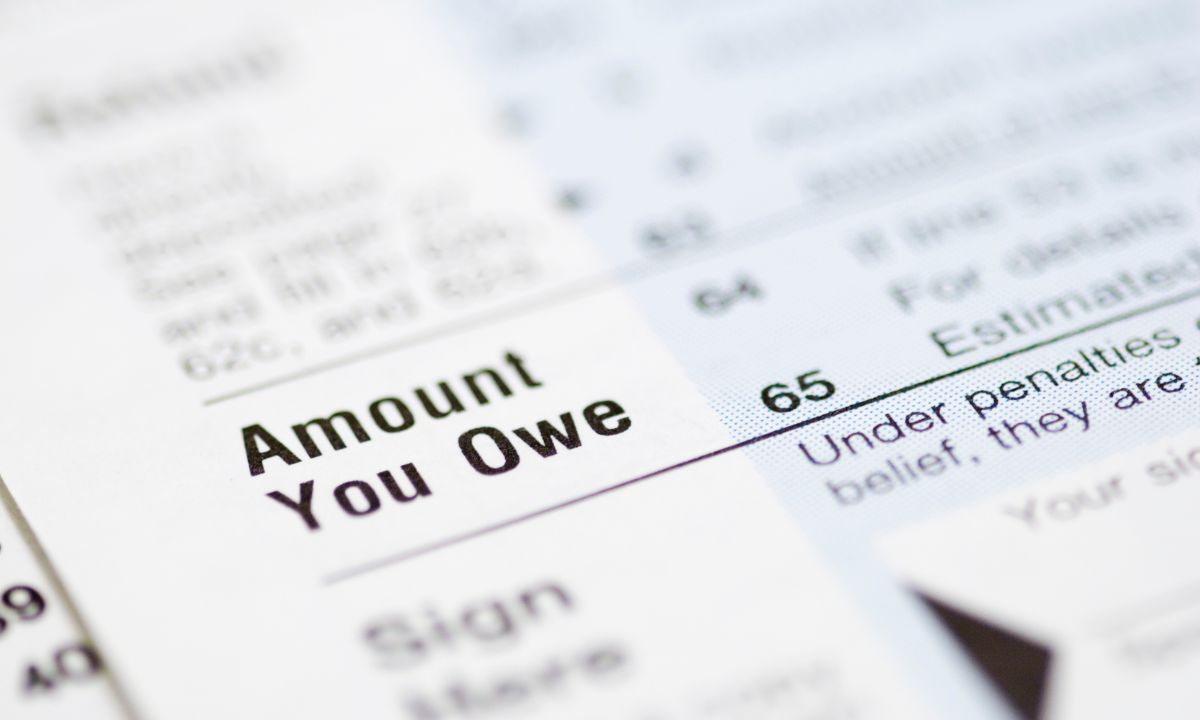 When preparing your home for sale, there’s a checklist of tasks to tackle like decluttering, staging, and perhaps making minor repairs. One item that often gets overlooked, yet is critically important, is checking for open permits on your property. Ignoring this step could lead to unexpected delays, renegotiations, or even jeopardizing your sale entirely. Here’s what you need to know about open permits and why resolving them is vital.
When preparing your home for sale, there’s a checklist of tasks to tackle like decluttering, staging, and perhaps making minor repairs. One item that often gets overlooked, yet is critically important, is checking for open permits on your property. Ignoring this step could lead to unexpected delays, renegotiations, or even jeopardizing your sale entirely. Here’s what you need to know about open permits and why resolving them is vital.
What Are Open Permits?
An open permit occurs when work done on a property hasn’t been fully approved or closed out by the local permitting authority. This can happen if the required inspections weren’t completed or if the work was never officially signed off. Common examples include permits for:
- Electrical upgrades
- Plumbing work
- Additions or structural changes
- Roof replacements
These permits are tied to the property, not the homeowner. That means even if the work was done by a previous owner, the responsibility to close the permit falls on you when it’s time to sell.
Why Open Permits Matter
Open permits can pose significant issues during the sale of a home:
- Title Problems: Open permits are flagged during the title search process, potentially delaying closing. Buyers, lenders, and insurers may hesitate to proceed without resolution.
- Negotiation Leverage: If buyers discover open permits, they may demand the permits be closed, request a reduction in price, or insist on repairs.
- Legal Liability: As the current homeowner, you could be held responsible for rectifying issues or bringing unpermitted work up to code.
Being proactive about identifying and addressing open permits can save you from these complications and keep your transaction on track.
How to Check for Open Permits
- Contact the Local Building Department: Most municipalities maintain records of permits issued for a property. You can often access this information online or by visiting the office in person.
- Hire a Title Company: A title company or attorney can help you uncover open permits as part of the pre-sale process.
- Review Home Improvement Records: If you’ve done work on your home, ensure permits were obtained and closed properly. For older homes, review documentation left by previous owners.
Resolving Open Permits
If you discover open permits on your property, here’s how to address them:
- Schedule Inspections: Contact your local permitting authority to arrange for an inspection. If the work complies with local codes, the permit can be closed.
- Fix Compliance Issues: If the work doesn’t meet code, you may need to hire a licensed contractor to correct the issues.
- Pay Outstanding Fees: Some jurisdictions require payment of administrative or inspection fees to close permits.
Resolving open permits might involve some time and cost, but it’s a worthwhile investment. A clean title and compliance with local regulations make your property more appealing to buyers and help avoid last-minute surprises.
How a Real Estate Agent Can Help
Your real estate agent can guide you through this process by:
- Recommending local resources, such as contractors or attorneys, to resolve permits.
- Advising on how to disclose open or resolved permits to potential buyers.
- Strategizing how to market your home effectively, ensuring compliance issues don’t overshadow its appeal.
By taking this proactive step, you’ll show buyers that you’ve taken care of your property responsibly, boosting their confidence in the transaction.
Before listing your home for sale, addressing open permits is a critical step that can prevent delays and reduce the risk of renegotiations. Give us a call to ensure a smoother, more seamless sale process.
 As remote work continues to progress, having a well-designed home office is more than just a luxury, it has become a necessity. A thoughtfully created workspace can increase productivity, boost creativity, and promote overall well-being. I have seen how creating a productive environment impacts work-from-home efficiency and comfort. Whether you’re setting up a corner nook or dedicating an entire room, here are six practical ideas to transform your home office into an ideal place to get things done.
As remote work continues to progress, having a well-designed home office is more than just a luxury, it has become a necessity. A thoughtfully created workspace can increase productivity, boost creativity, and promote overall well-being. I have seen how creating a productive environment impacts work-from-home efficiency and comfort. Whether you’re setting up a corner nook or dedicating an entire room, here are six practical ideas to transform your home office into an ideal place to get things done.
 If you’re considering buying a home while dealing with unpaid taxes, you might be wondering how your tax debt affects your mortgage approval. The good news is, it is possible to buy a home even if you owe taxes. Here’s what you need to know about how owing taxes can impact your homebuying process.
If you’re considering buying a home while dealing with unpaid taxes, you might be wondering how your tax debt affects your mortgage approval. The good news is, it is possible to buy a home even if you owe taxes. Here’s what you need to know about how owing taxes can impact your homebuying process. Owning a home is an important goal for many people, and as a single mom, it can sometimes feel like a distant dream. But the reality is that homeownership is more achievable than you might think, especially when you know about the financial resources and programs available to you. First-time homebuyer grants, special loan programs, and down payment assistance can help you overcome the financial barriers that might otherwise stand in your way. Here’s what single moms should know about these opportunities.
Owning a home is an important goal for many people, and as a single mom, it can sometimes feel like a distant dream. But the reality is that homeownership is more achievable than you might think, especially when you know about the financial resources and programs available to you. First-time homebuyer grants, special loan programs, and down payment assistance can help you overcome the financial barriers that might otherwise stand in your way. Here’s what single moms should know about these opportunities. When preparing to sell your home, one critical decision you’ll face is whether to sell it as-is or invest time and money into repairs and updates. The right choice depends on your unique situation, but understanding the implications of each approach can help you make an informed decision.
When preparing to sell your home, one critical decision you’ll face is whether to sell it as-is or invest time and money into repairs and updates. The right choice depends on your unique situation, but understanding the implications of each approach can help you make an informed decision.